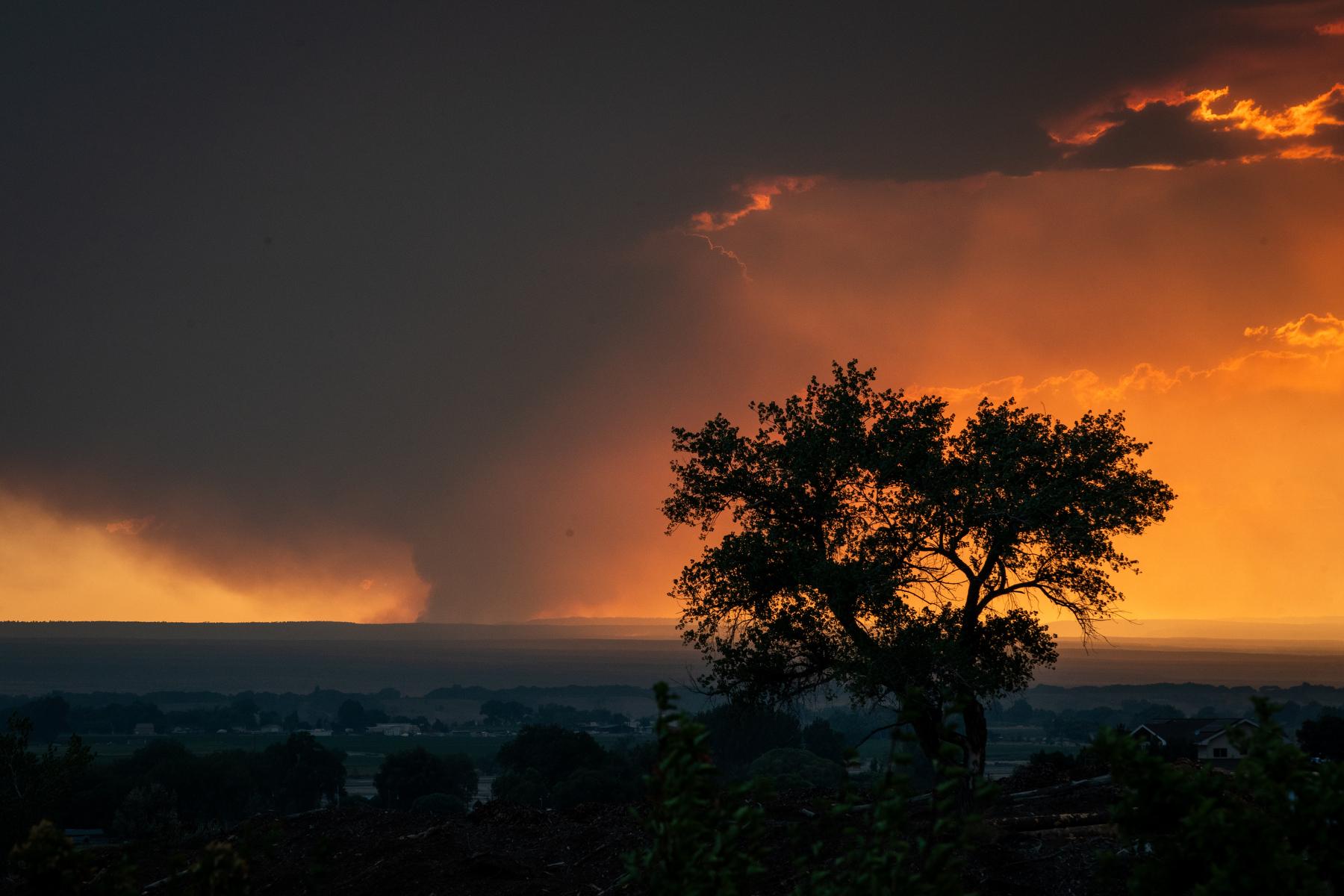Updated at 5:47 p.m. ET
President Trump unveiled a sweeping plan Thursday to defend the U.S. and its allies from missile attack.
The plan is the first update to the nation's missile defense strategy in nearly a decade, but in many ways it is reminiscent of President Ronald Reagan's Strategic Defense Initiative, a pie-in-the-sky program that was later dubbed "Star Wars."
The report outlines a battery of new technologies — including lasers and space-based systems — that the Pentagon wants in order to combat what it deems to be a growing missile threat. It also calls for adding 20 interceptor missiles to an existing system of 44 interceptors based in Fort Greely, Ala.
"Our goal is simple," Trump said at a Pentagon briefing on Thursday. "To ensure that we can detect and destroy any missile launched against the United States anywhere, anytime, anyplace."
Critics were quick to point out that meeting this goal would cost many billions of dollars.
"It would be incredibly costly," says Laura Grego, a physicist at the Union of Concerned Scientists who tracks missile defense programs. Grego says that Trump's comments hearken back to the days of Reagan's Strategic Defense Initiative. That program cost billions, and in the end, its vision of a space-based blanket defense against nuclear attack proved to be too technically challenging.
The Pentagon's last review of missile defense was conducted in 2010, under President Barack Obama. That earlier review emphasized the threat from nations such as Iran and North Korea and called for a limited defense that could stop them.
Things have changed since then.
North Korea has successfully tested an intercontinental ballistic missile capable of reaching the United States. China and Russia, meanwhile, are working on advanced weapons that can, in theory, evade existing missile defenses.
The new review still calls out Iran, and it describes North Korea an "extraordinary threat," despite ongoing talks between the North and the Trump administration.
But it also focuses heavily on Russia and China, which are developing defense-foiling systems such as a nuclear-powered cruise missile and hypersonic weapons capable of flying at more than five times the speed of sound.
"The U.S. will now adjust its posture to also defend against any missile strikes including cruise and hypersonic missiles," Trump said.
That adjustment could lead to an arms race, warns Vipin Narang, an arms control expert at MIT. The explicit calling out of Russian and Chinese weapons might provide a political opportunity for those nations to accelerate their programs, he argues. "This will be a gift for Putin."
But others say that an arms race is already underway.
"We will always be in an arms race, whether you want to be or not," says Trey Obering, a former head of the Missile Defense Agency who is now an executive vice president at the consulting firm Booz Allen Hamilton.
Obering says the new missile defense review is "just in time," given the evolving threats facing the nation. He adds that a lot has changed since the 1980s. Advances in materials, computation and rocketry have all made missile defense cheaper than ever, he says.
Tom Karako with the Center for Strategic and International Studies adds that the Pentagon's ambitions as written in the report are more modest than Trump's goal of destroying any missile on the planet. "I think that's a fine aspiration," Karako says. "But from my reading of the document, it says something a little bit less." Most of the money for advanced systems like lasers will be restricted initially to R&D, he says.
Overall, it remains unclear how much of Trump's missile defense strategy will become a reality. In his speech, the president implied that wealthy allies of the U.S. might help pay for the defenses, but Grego says it is more likely that Members of Congress will be the ones who will authorize funding.
"The Democratic House will be much more skeptical than previous Congresses," she predicts. "He'll have a tough time moving a lot of this stuff through."
9(MDEyMDcxNjYwMDEzNzc2MTQzNDNiY2I3ZA004))





